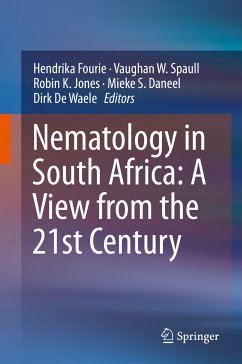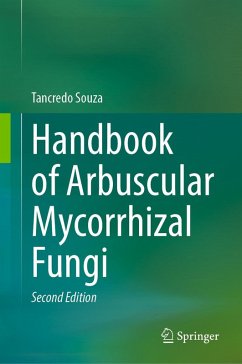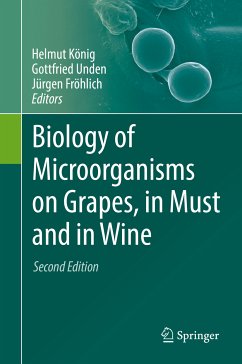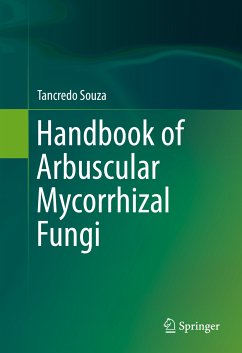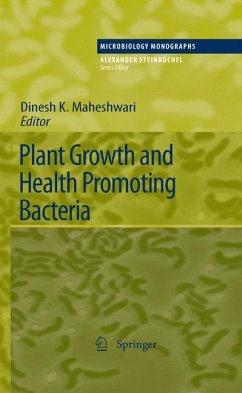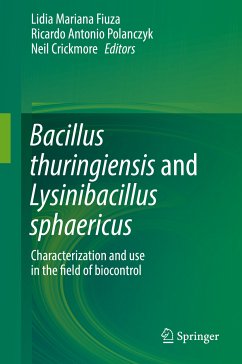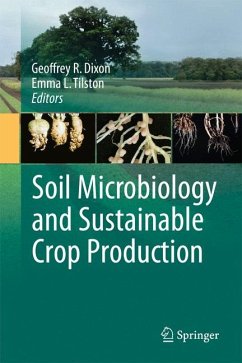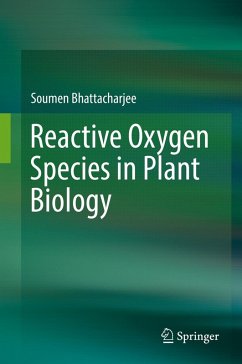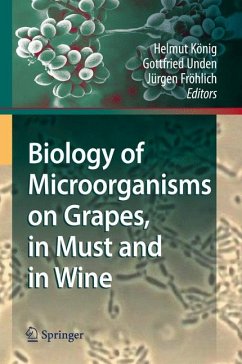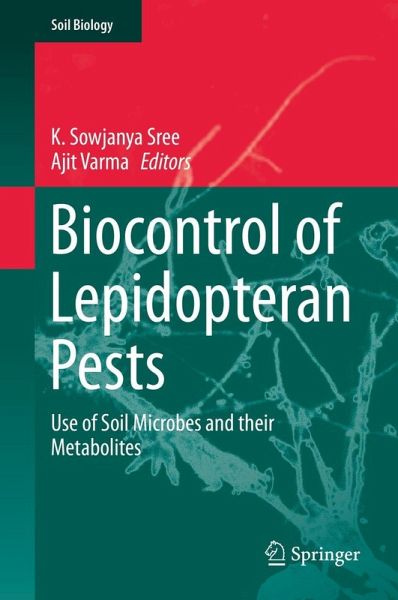
Biocontrol of Lepidopteran Pests (eBook, PDF)
Use of Soil Microbes and their Metabolites
Redaktion: Sree, K. Sowjanya; Varma, Ajit
Versandkostenfrei!
Sofort per Download lieferbar
112,95 €
inkl. MwSt.
Weitere Ausgaben:

PAYBACK Punkte
56 °P sammeln!
This volume describes the various applications of entomopathogenic soil microorganisms in the management and control of the devastating lepidopteran pest. An introduction describes the insecticidal properties of viruses, bacteria, fungi, nematodes and their metabolites, as well as their applications in the context of crop improvement. Subsequent chapters focus on topics such as insecticidal proteins; the role of nucleopolyhedroviruses; Bt toxins and their receptors; control of lepidopterans using entomopathogenic fungi; management of cotton defoliators; and sustainable use of entomopathogenic ...
This volume describes the various applications of entomopathogenic soil microorganisms in the management and control of the devastating lepidopteran pest. An introduction describes the insecticidal properties of viruses, bacteria, fungi, nematodes and their metabolites, as well as their applications in the context of crop improvement. Subsequent chapters focus on topics such as insecticidal proteins; the role of nucleopolyhedroviruses; Bt toxins and their receptors; control of lepidopterans using entomopathogenic fungi; management of cotton defoliators; and sustainable use of entomopathogenic nematodes and their bacterial symbionts. An overview of culture collections of entomopathogenic microorganisms rounds out the volume.
Dieser Download kann aus rechtlichen Gründen nur mit Rechnungsadresse in A, B, BG, CY, CZ, D, DK, EW, E, FIN, F, GR, HR, H, IRL, I, LT, L, LR, M, NL, PL, P, R, S, SLO, SK ausgeliefert werden.





